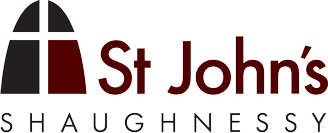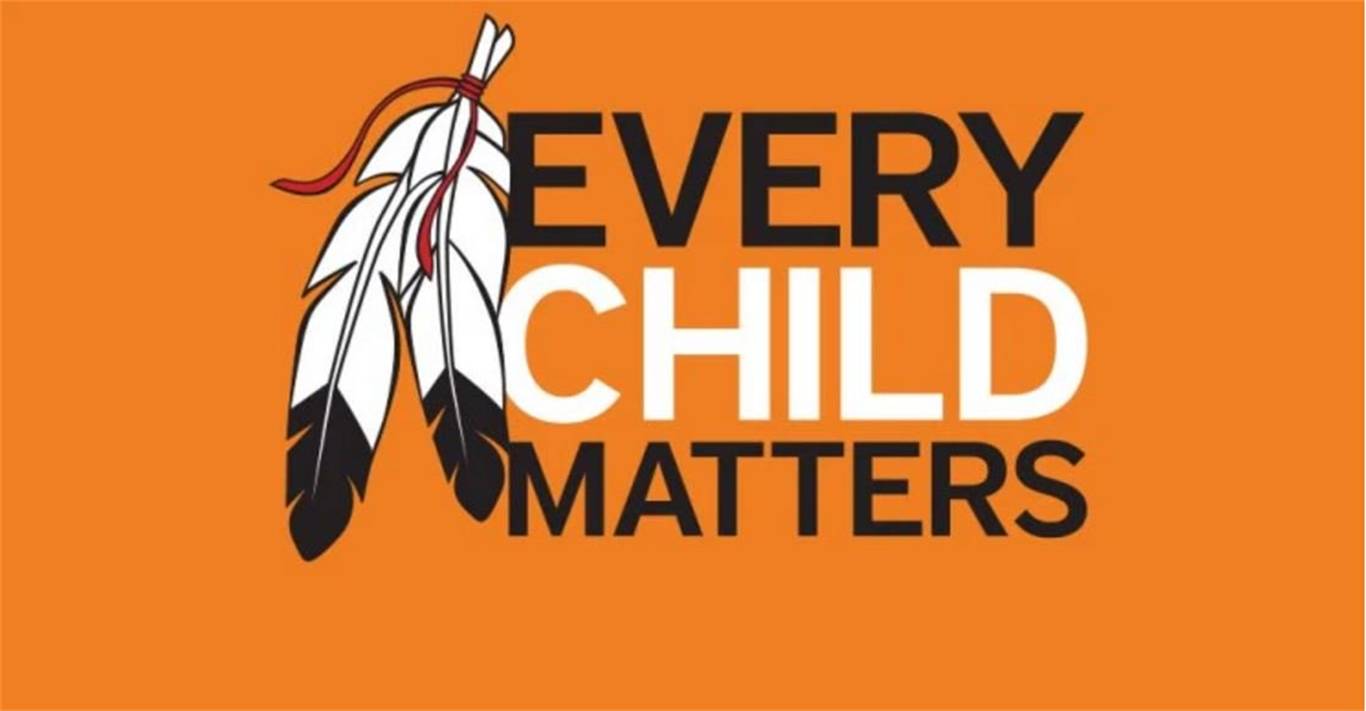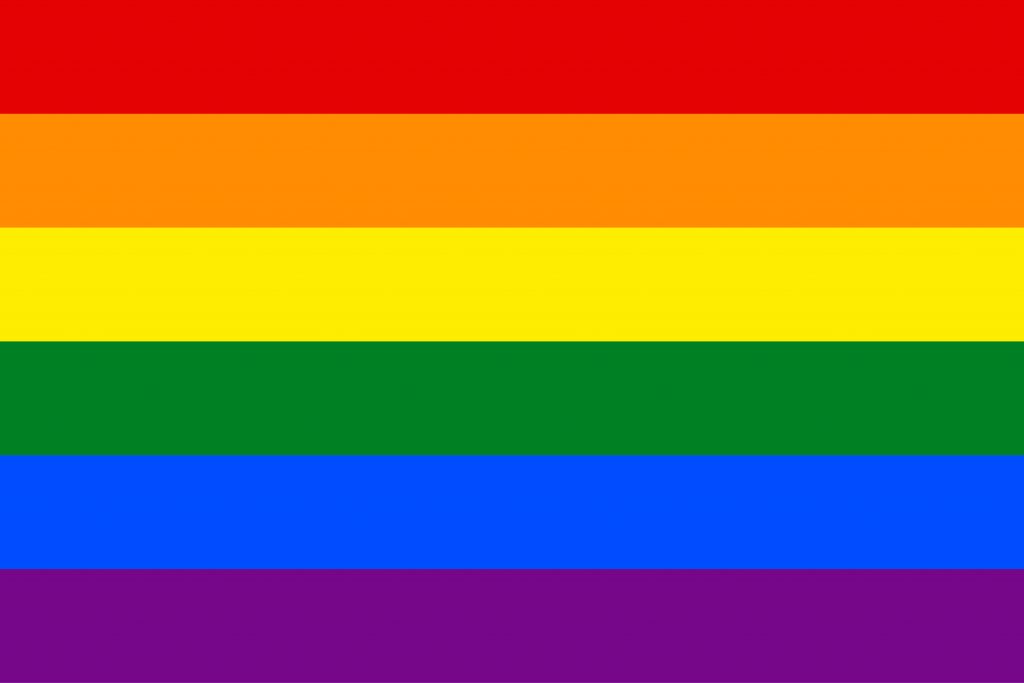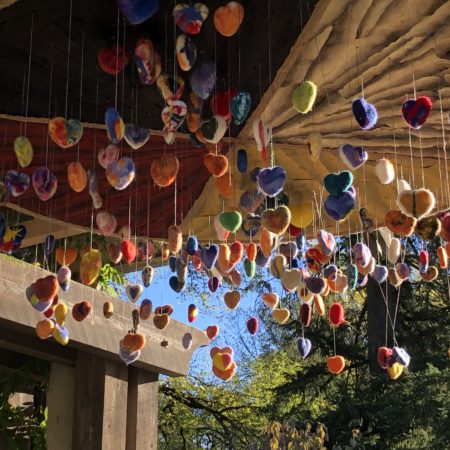Today is National Day for Truth and Reconciliation. It is a time for us to pause and reflect, to remember the children who died while forced to attend residential schools, as well as the survivors and the communities who have suffered trauma as a result. It is a day to commit ourselves, again, to the work of reconciliation.
In June, members of St. John’s, Shaughnessy gathered one Sunday after church to participate in a public art project called “Raising Hearts.” Kerry Baisley, the Missioner for Indigenous Justice for the Diocese of New Westminster, developed this project with the goal of promoting healing and reconciliation with our indigenous neighbours. Kerry led us in a felting project, and taught us more about residential schools and about what reconciliation means from the perspective of the indigenous community. He also recommended books and resources for further learning.
It was a lovely intergenerational event, with a number of children from the parish participating alongside adults. Together, we created felt hearts to represent the children who did not come home. Seventeen parishes from the diocese contributed hearts to the project, and they are now suspended from a medicine wheel as a symbol of healing and reconciliation. You can see the finished project, which was dedicated a couple of weeks ago, in the arbor walkway between the church and the Synod Office.
“Why not hang it inside the Synod Office?” many people ask. The answer is that reconciliation is hard work. And even when we’re willing to listen and reconcile, those who have been harmed may not be ready yet for dialogue. Kerry had initially hoped we would work on the medicine wheel alongside our indigenous neighbours—reconciliation in action! But he realized quickly that it was a bit too much to ask. We can’t force others to reconcile on our timeline, or in the way that works for us. We can let people know that we are ready and willing to listen, ready and willing to learn. But we also have to give them the space and the freedom to decide when they are ready, emotionally, to come together.
The medicine wheel hangs outside the Synod Office, so that those who pass by may see it, without having to make the step of entering a church office. It is a project that exists not simply for us to remind ourselves of the tragedy of residential schools, but for us to show our sorrow, grief, and desire for healing and reconciliation to those who have been affected by that trauma. It hangs outside as a symbol of our repentance, our solidarity, and our hope.
I encourage you to visit the project, and to spend some time in reflection not just on the children who didn’t come home, but on the people who are still suffering, and how we might find healing for all of us, and for our society.
Warmly,
Mother Terry+



